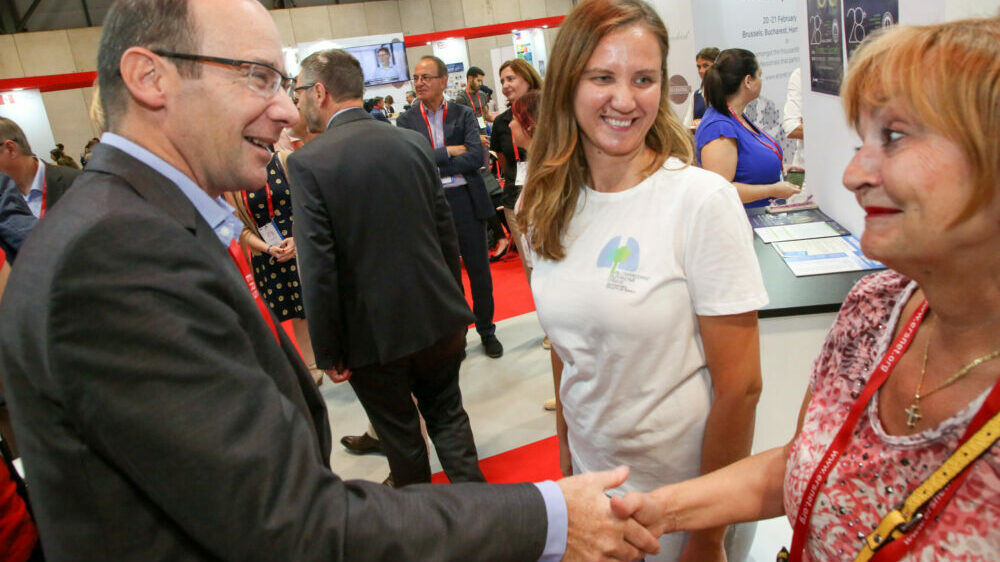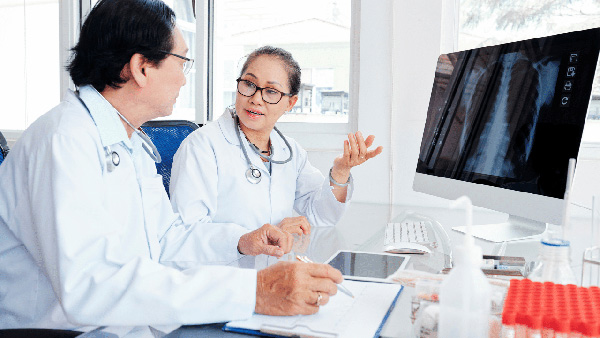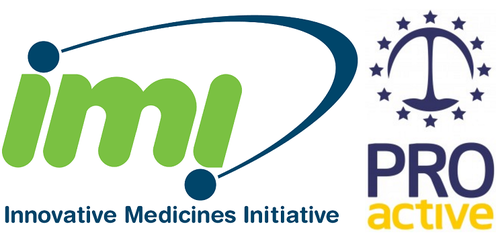I’m writing this blog in the Brussels airport lounge on the 9th of November. It is 5am and I see a surrealistic scenario unfold where our friends in the USA seem to have taken a serious political decision.
By the time I finish this blog a popular businessperson has obtained the keys to the White House. A prepared and competent woman with a wealth of experience and a bit of a burnt past has lost the race. I am however not sure this should be seen as a race. It is rather…the future, for at least 4 years. The result tells me that my – our – world is very far from the world of a large amount of people. How big is my ‘selection bias’ in looking at the world? Should I lose confidence in political polls? Since these are population samples, much larger than the ones we use in research, are there any lessons to be learned for the interpretation of scientific patient data? How well do I know ‘COPD’ for example, when working and conducting research in a third line centre of excellence? The silent majority of COPD patients is much less studied and listened to.
In Europe, despite the elections in the USA and other political hick-ups, it is business as usual. We have just submitted the final report of the IMI-JU project PROactive. I had the privilege of co-leading this inspiring consortium and at the occasion of concluding the project, it is a good moment to look back at 6 fantastic years and share the developments with the membership of one of the partners in the consortium; the European Respiratory Society.
In 2009, a group of enthusiastic and (then) young academics applied for a new type of funding under the umbrella of the Innovative Medicine’s Initiative (IMI-JU); an initiative launched to support the pharmaceutical industry in Europe by providing matching European public funds to investments made ‘in kind’ by the industry to tackle pre-competitive problems or barriers to bringing products to the market (i.e. problems the industry are collectively facing and for which it would be efficient to find a solution together). The problem the industry was facing at the time was that there was a lack of patient-centered outcomes to capture benefits of treatment for COPD with instruments that are acceptable to regulatory authorities. This is a true problem if you want to bring your products or interventions to patients and to the market with attractive and clinically-important labeling claims. The consortium that took on the challenge consisted of a very multidisciplinary group of researchers including, besides medical doctors, psychologists, physiotherapists, epidemiologists and statisticians, patients, COPD experts and physiologists, who gathered with the aim of developing an outcome measure to capture physical activity and physical activity experience by patients with COPD.
The “search engines” of the consortium scrutinized the literature to provide intelligence to the consortium around the topic, existing questionnaires and tools to measure physical activity and the concept. The systematic reviews, the products of this process, were published between 2011 and 2014.
Subsequently the “ears” of the consortium did interviews and focus groups with patients to find out whether physical activity was important to patients with COPD and how patients interpret the experience of physical activity. We listened to patients in primary care, patients in rehabilitation centres, in outpatient clinics. Interviews were done with nearly 100 patients from four different European regions. It was clear that patients consider a broad range of themes when they talk about ‘physical activity’, including amount of activity, difficulty with activity and adaptations to cope with physical activity. Items and outcomes from activity monitors were identified to capture that patient experience in all its facets. The results were published in our Journal (Dobbels et al, ERJ 2015).
The ‘creative brains’ of the consortium subsequently developed a clever study to reduce the items into a patient-reported outcome tool that was user friendly and short, yet rich enough to capture physical activity experience in two statistically and clinically meaningful domains: amount of activity and difficulty. In a large cross over study the best possible PRO tool was developed and published in the ERJ (Gimeno Santos et al 2015).
In the last phase the tools that were developed were used in clinical trials. In a trial of Boehringer-Ingelheim (PHYSACTO), a trial conducted by Astra-Zeneca (ACTIVATE) a trial conducted by the academic partners on tele-coaching (MrPaPP) and a trial using pulmonary rehabilitation to enhance physical activity, the PROactive tools were further validated and their responsiveness was assessed. All data were combined and presented to the European Medicine’s Agency to obtain a qualification opinion. The consortium is today awaiting their verdict, but since interactions on several occasions with EMA were very constructive, we hope for a positive signal.
What have we learned over the years?
1) The European Respiratory Society is a powerful vehicle that runs and supports international projects. The annual conference is a perfect place for dissemination. The Societies Journals are a great place to report important results, judging by the number of reads and appreciation for our publications.
2) A multidisciplinary team of researchers including medical doctors, allied health professionals and other scientists is an enriching environment to develop innovative outcome measures. Interactions with regulators offer an opportunity to lift the importance and applicability of newly developed tools to ‘the next level’. For me this was a key learning point, asking myself the question, would this outcome measure be acceptable to European regulators and if not, what would be needed to meet these requirements. It was ‘a whole new world’…
3) Close interactions with several pharmaceutical companies have taught us that there is great expertise available within these entities. This expertise is – outside the funding opportunities and commercial interests of the companies – enriching academic efforts to develop and innovate. In a pre-competitive area we can find each other and successfully develop for example a next generation of outcome measures. Similarly in another project where ERS and ELF were involved, ‘U-BIOPRED’, these collaborations have led to new insights in understanding asthma.
4) Last, but not least, we considered it important to keep patients informed on the outcomes of our different work packages. At the end of the project, for example, we organised, a webinar for patients using ERS infrastructure, where we informed them about the progress made. We were happy to hear, directly from the patients, that they could recognise themselves in the questionnaire developed around the concept of physical activity. I will be careful today in claiming that, by doing so, we can be confident in saying that we have developed a tool that captures physical activity experience for ‘all’ patients with COPD. Presenting the PROactive tool to a fairly large group of patients taking part in the webinar on 6 locations in Europe was surely a better attempt than presenting it to a handful of ‘professional, well-educated, English-speaking COPD patients’ that are able to fly to a central meeting point.
Yes, I – we – learned a lot over the last few years. We are 9 PhDs and 23 publications richer with the consortium. Young people can gain their first academic experience, and postdocs started their career within this international group of friends/colleagues. We have a lot to be grateful for.
At the end of this blog, it seems timely to thank all the people involved, including our “search engines”, “ears” and “creative brains” as well as all patients and supporters that made PROactive a success. If you are inspired by this story, you can look at the IMI-JU website for similar opportunities. If you are a US researcher and you do not have access to these European funds, you may want to break away from the US for a while using an ERS fellowship and visit one of the PROactive partners (perhaps even one of the fellowships in industry). We, Europeans will be glad to update you on European politics where internal regional fights, BREXIT scenarios, refugee disasters or years without government, will place your political situation in a context… You’ll love your country by the time you get back after your fellowship, simply because it is a great country (it always was, it does not need to become great again, in my opinion…).





